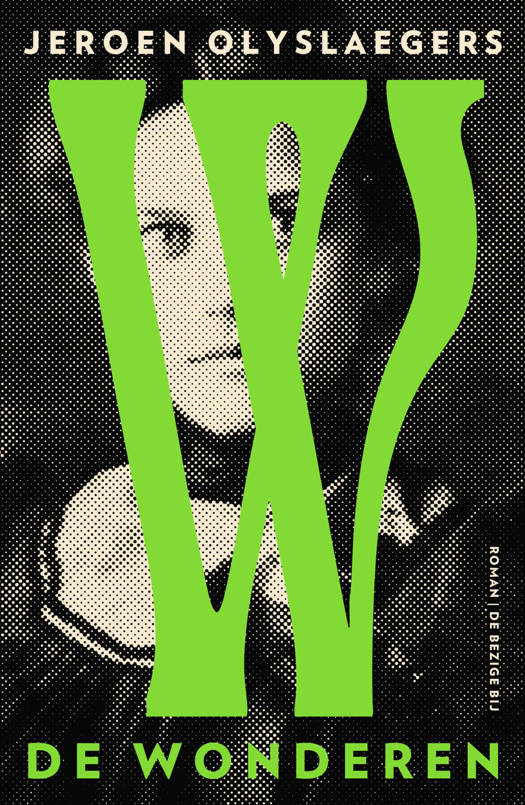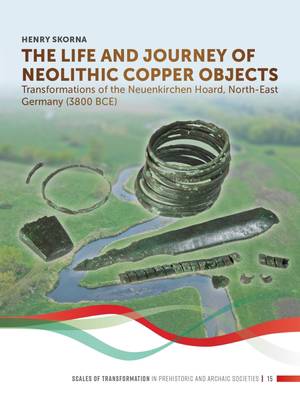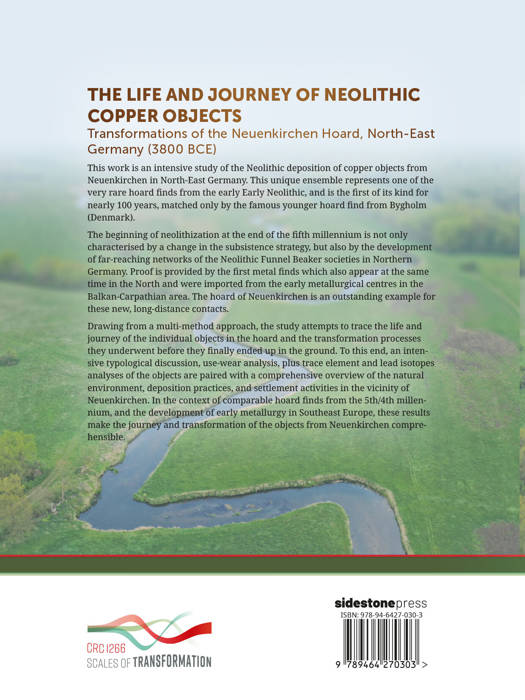
- Afhalen na 1 uur in een winkel met voorraad
- Gratis thuislevering in België vanaf € 30
- Ruim aanbod met 7 miljoen producten
- Afhalen na 1 uur in een winkel met voorraad
- Gratis thuislevering in België vanaf € 30
- Ruim aanbod met 7 miljoen producten
Zoeken
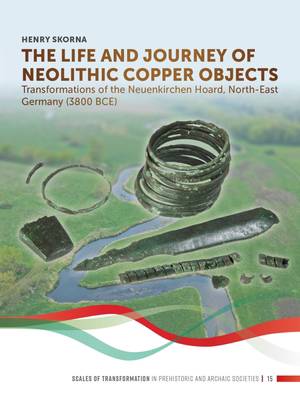
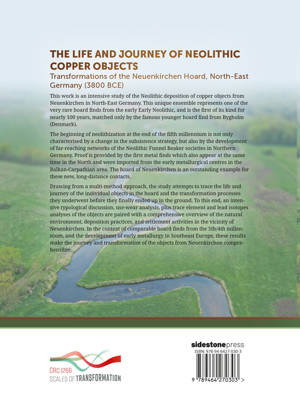
The Life and Journey of Neolithic Copper Objects
Transformations of the Neuenkirchen Hoard, North-East Germany (3800 Bce)
Henry Skorna
€ 95,00
+ 190 punten
Uitvoering
Omschrijving
This work is an intensive study of the Neolithic deposition of copper objects from Neuenkirchen in North-East Germany. This unique ensemble represents one of the very rare hoard finds from the early Early Neolithic, and is the first of its kind for nearly 100 years, matched only by the famous younger hoard find from Bygholm (Denmark).
The beginning of neolithization at the end of the fifth millennium is not only characterized by a change in the subsistence strategy, but also by the development of far-reaching networks of the Neolithic Funnel Beaker societies in Northern Germany. Proof is provided by the first metal finds which also appear at the same time in the North and were imported from the early metallurgical centers in the Balkan-Carpathian area. The hoard of Neuenkirchen is an outstanding example for these new, long-distance contacts.
Drawing from a multi-method approach, the study attempts to trace the life and journey of the individual objects in the hoard and the transformation processes they underwent before they finally ended up in the ground. To this end, an intensive typological discussion, use-wear analysis, plus trace element and lead isotopes analyses of the objects are paired with a comprehensive overview of the natural environment, deposition practices, and settlement activities in the vicinity of Neuenkirchen. In the context of comparable hoard finds from the 5th/4th millennium, and the development of early metallurgy in Southeast Europe, these results make the journey and transformation of the objects from Neuenkirchen comprehensible.
The beginning of neolithization at the end of the fifth millennium is not only characterized by a change in the subsistence strategy, but also by the development of far-reaching networks of the Neolithic Funnel Beaker societies in Northern Germany. Proof is provided by the first metal finds which also appear at the same time in the North and were imported from the early metallurgical centers in the Balkan-Carpathian area. The hoard of Neuenkirchen is an outstanding example for these new, long-distance contacts.
Drawing from a multi-method approach, the study attempts to trace the life and journey of the individual objects in the hoard and the transformation processes they underwent before they finally ended up in the ground. To this end, an intensive typological discussion, use-wear analysis, plus trace element and lead isotopes analyses of the objects are paired with a comprehensive overview of the natural environment, deposition practices, and settlement activities in the vicinity of Neuenkirchen. In the context of comparable hoard finds from the 5th/4th millennium, and the development of early metallurgy in Southeast Europe, these results make the journey and transformation of the objects from Neuenkirchen comprehensible.
Specificaties
Betrokkenen
- Auteur(s):
- Uitgeverij:
Inhoud
- Aantal bladzijden:
- 190
- Taal:
- Engels
- Reeks:
- Reeksnummer:
- nr. 15
Eigenschappen
- Productcode (EAN):
- 9789464270310
- Verschijningsdatum:
- 14/02/2023
- Uitvoering:
- Hardcover
- Formaat:
- Genaaid
- Afmetingen:
- 210 mm x 279 mm

Alleen bij Standaard Boekhandel
+ 190 punten op je klantenkaart van Standaard Boekhandel
Beoordelingen
We publiceren alleen reviews die voldoen aan de voorwaarden voor reviews. Bekijk onze voorwaarden voor reviews.



